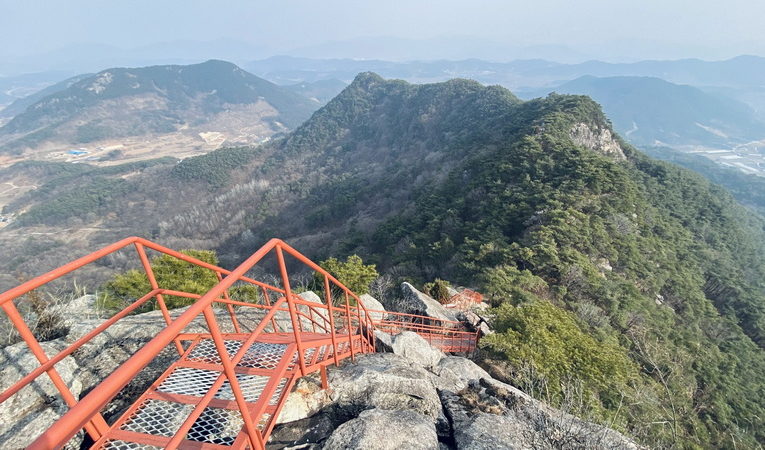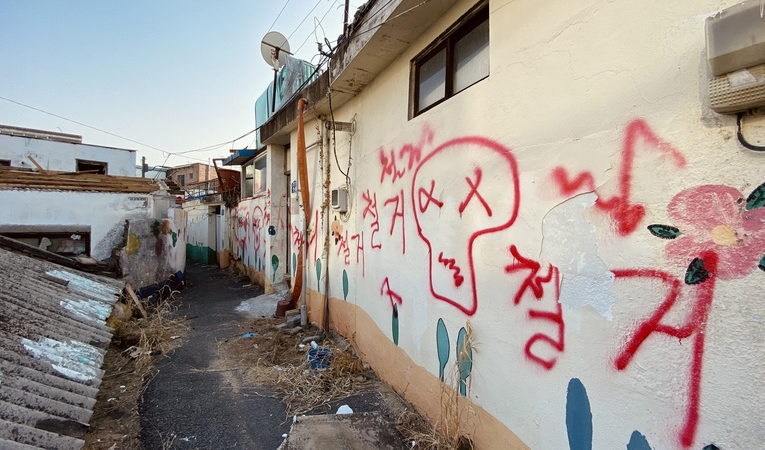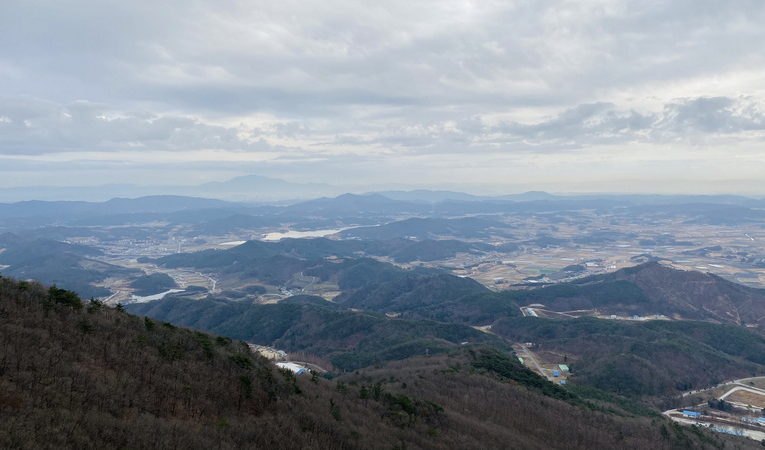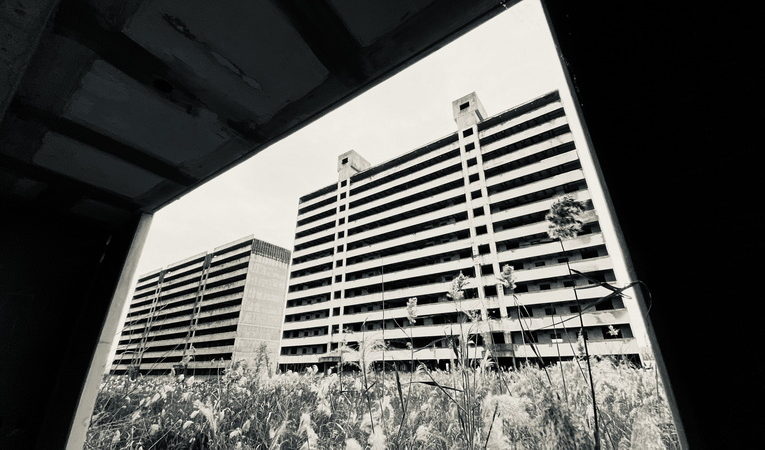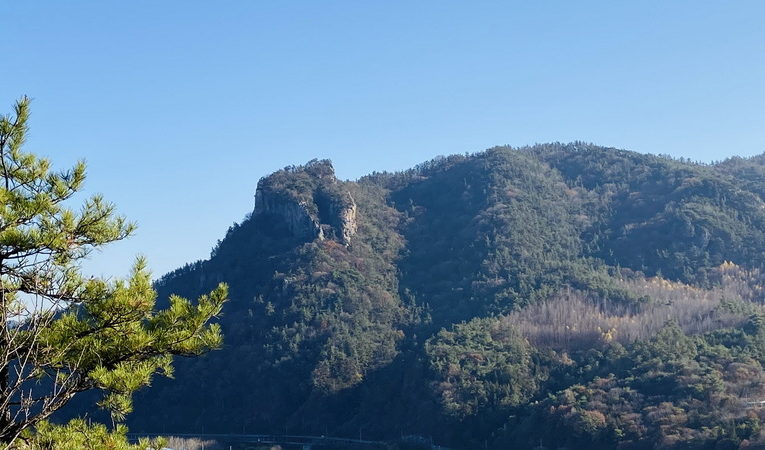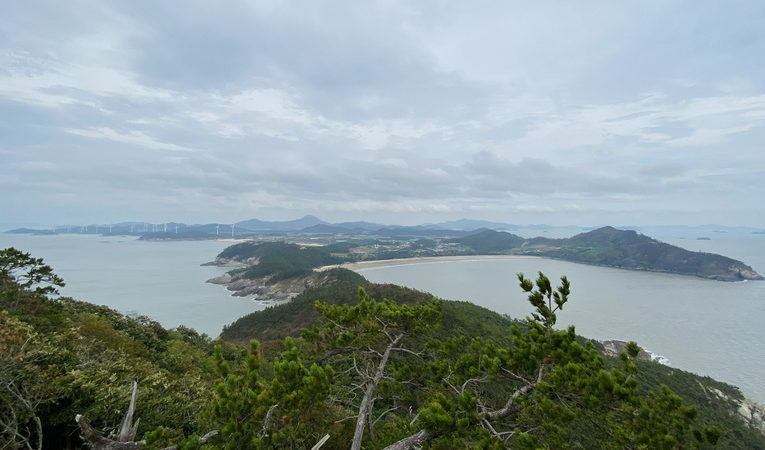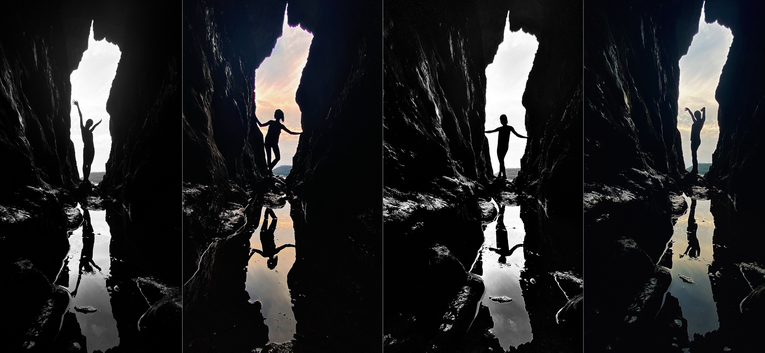The Shortcut to Knife Rock
Located about an hour and change southeast of Gwangju, Obong-san (literally “five-peak mountain”) has left me smitten for its topographical variety, bucolic bayside views, and one of the most unique rock formations I’ve ever seen: Knife Rock (칼바위). In this edition of “Lost,” I’ll carve out a few paragraphs on what puts this mountain in my top 10.






